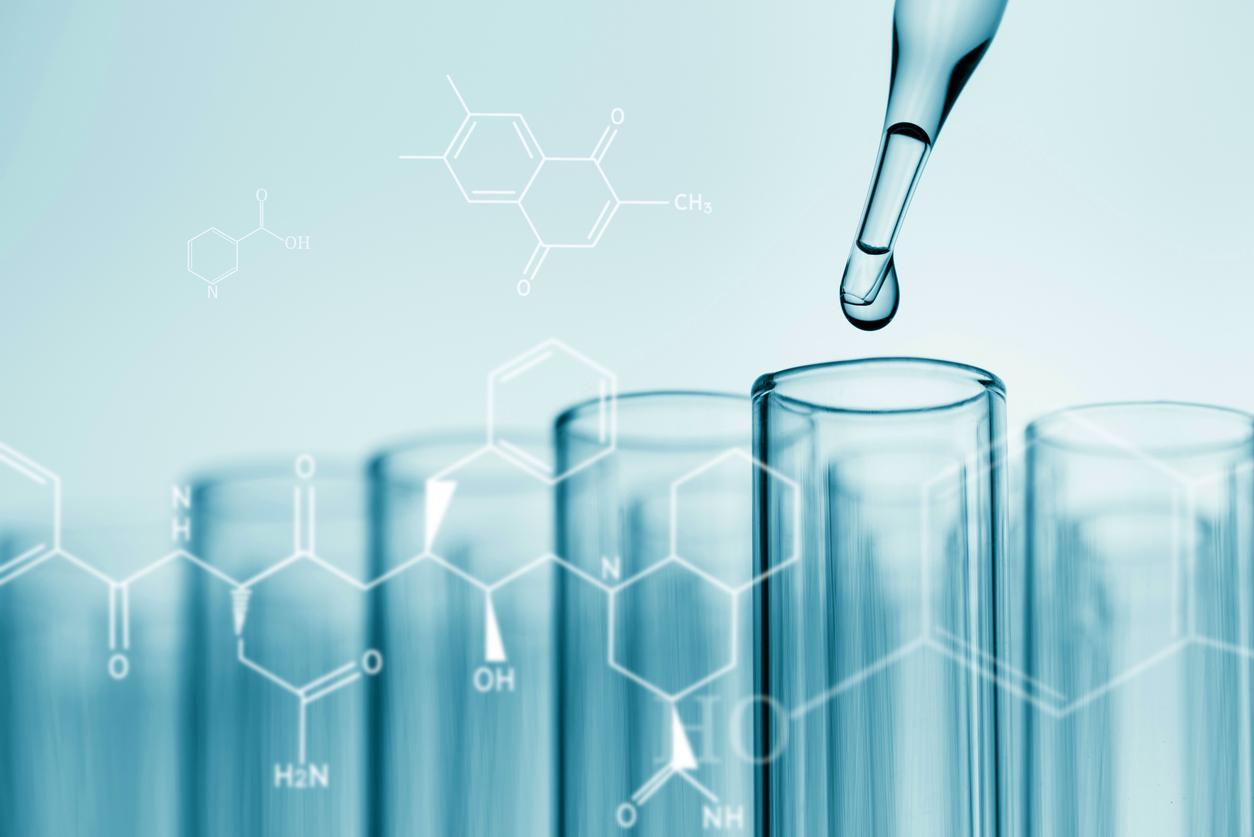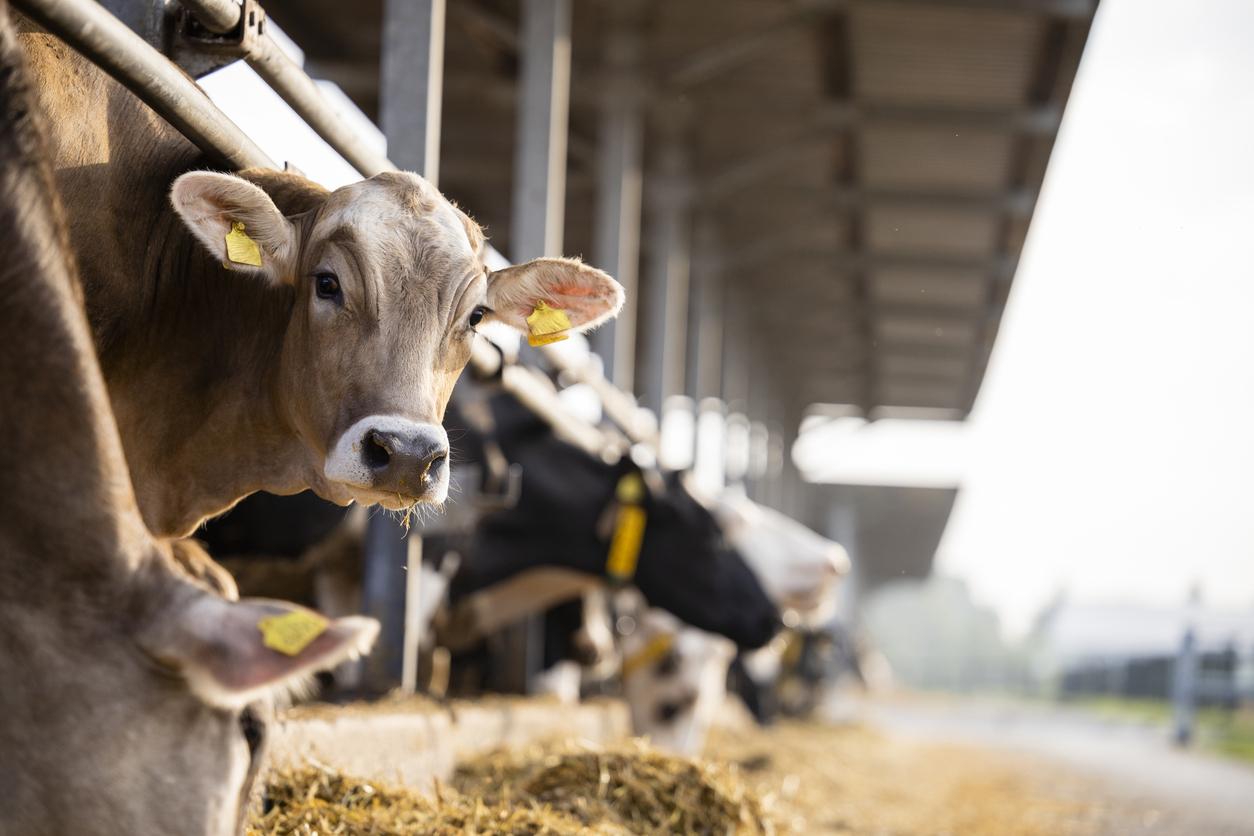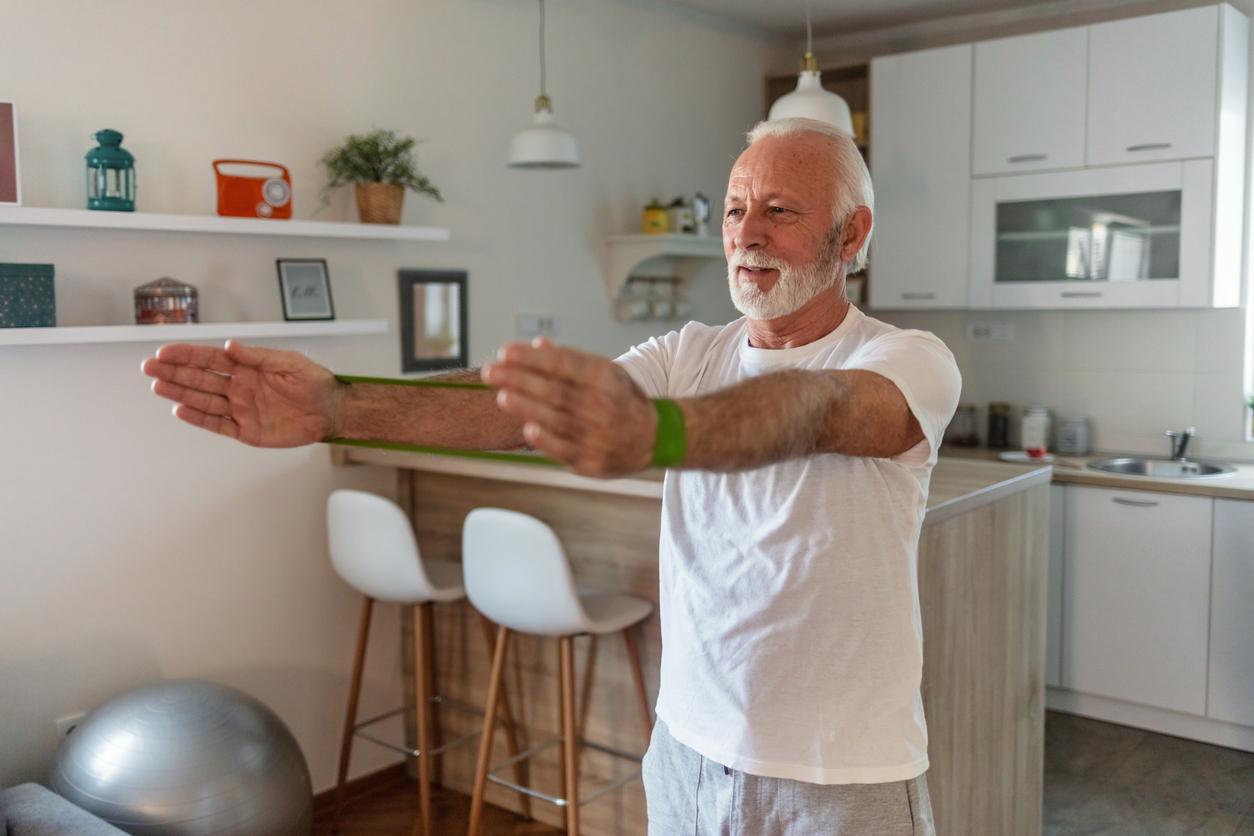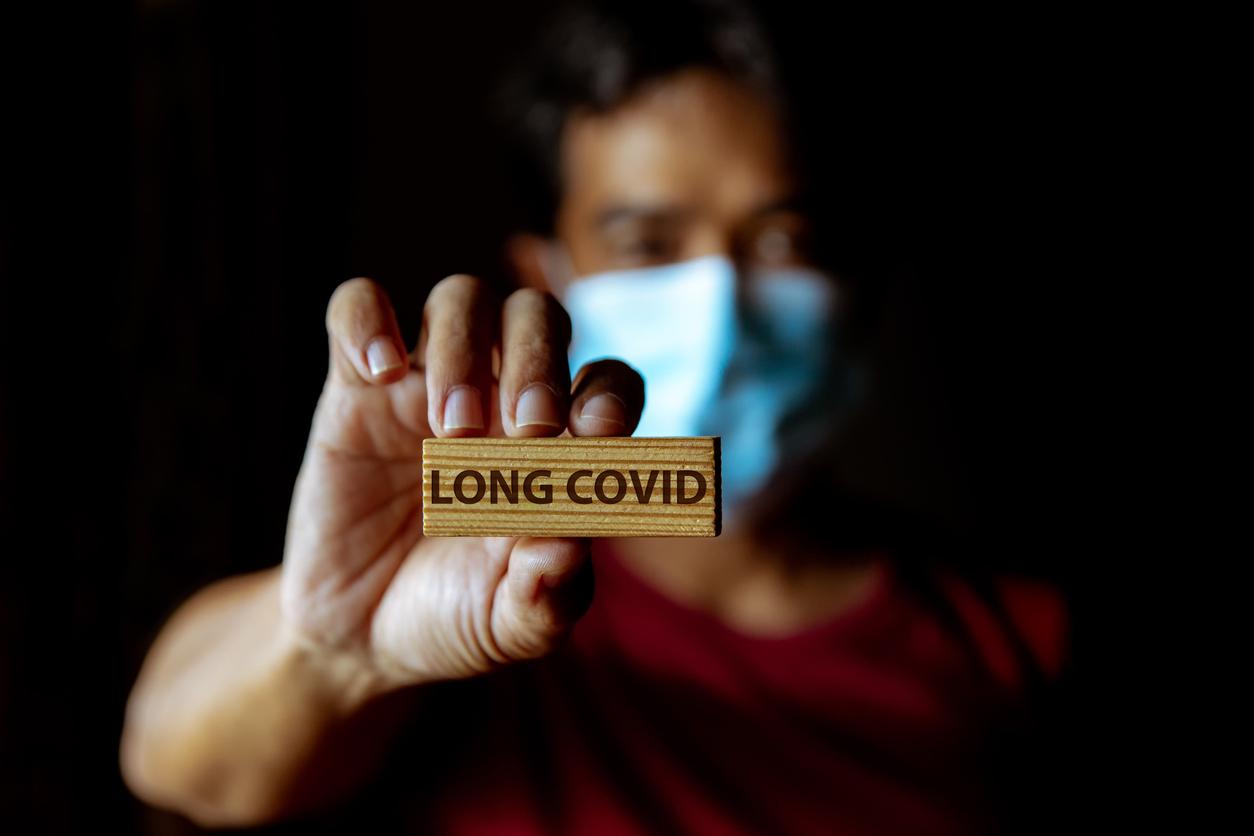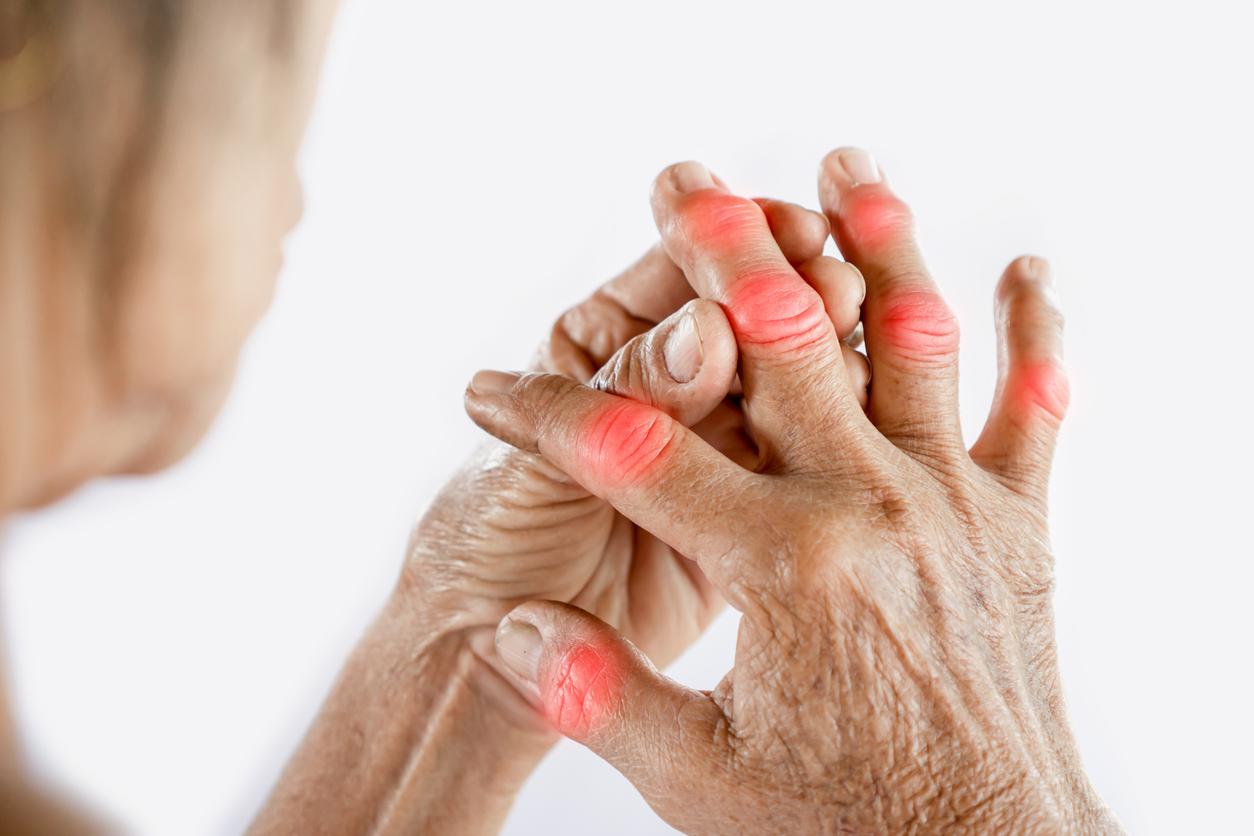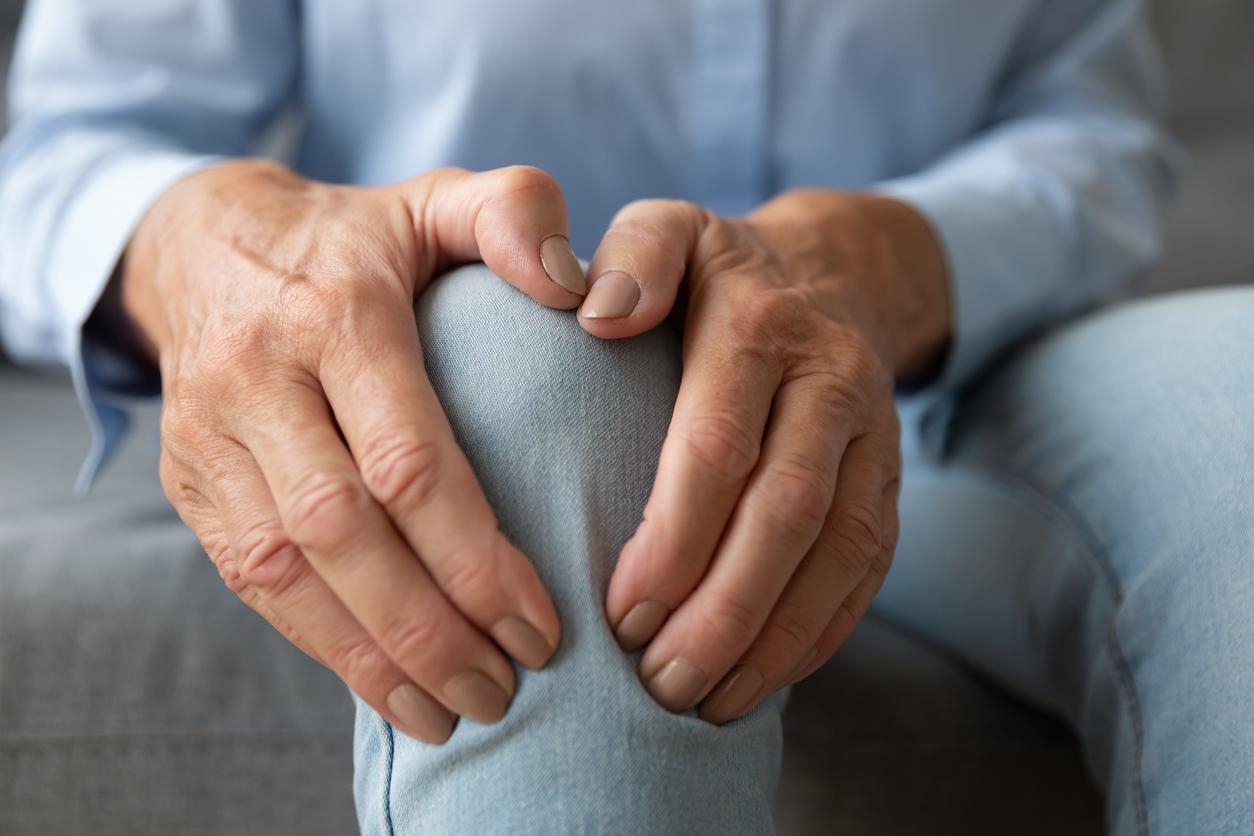Canadian researchers have developed a gel, combining both rigidity and tenacity, which would help articular cartilage to regenerate.
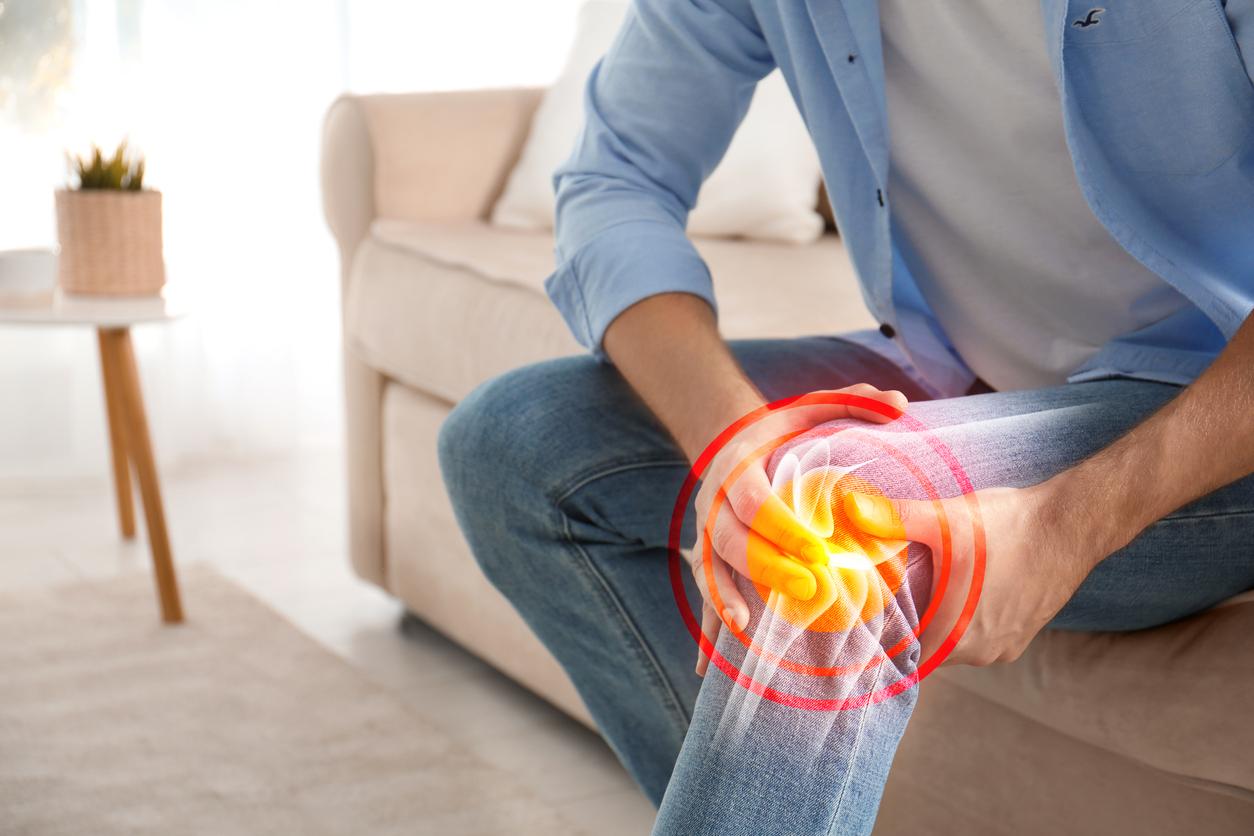
- A gel, capable of withstanding scalpel cutting and stiffer than other protein hydrogels, has been developed by Canadian researchers.
- In rabbits, its implantation led to regeneration of articular cartilage after 12 weeks.
- The team also observed growth of bone tissue similar to existing tissue and regenerated tissue close to existing cartilage for the group implanted with the gel.
Cartilage is an essential tissue that ensures the fluidity of joint movements. However, it is fragile and can deteriorate with time, age or following trauma. Its deterioration can not only cause pain, but also reduce the function of joints, especially the knee or hip, and potentially lead to diseases, such as arthritis. Issue : “cartilage does not repair itself”, said Dr. Hongbin Li, a professor in the Department of Chemistry at the University of British Columbia (UBC).
Joint damage: a gel made up of proteins that is more resistant
This is why, with his team, he has developed a biodegradable gel that promotes the regeneration of cartilage. This gel combines stiff, tough, flexible and supple properties, which is essential for effective cartilage repair. The researchers managed to intertwine the protein chains that make up the gel, giving it compressive strength, allowing it to withstand scalpel cutting and to be stiffer than other existing protein hydrogels. “These tangled chains can move, allowing energy to dissipate, for example the impact of a jump, much like shock absorbers on bicycles,” explained the Canadian professor.
Signs of articular cartilage repair 12 weeks after implantation
When implanted in rabbits, the gel showed encouraging results, which were published in the journal Nature. After twelve weeks, scientists observed a noticeable regeneration of articular cartilage in small mammals. In addition, growth of bone tissue similar to existing tissue as well as regenerated tissue close to existing cartilage was observed for the group implanted with the gel.
The team reported that a stiffer version of the gel performed better than a softer version, likely because the higher stiffness is more compatible with bone and cartilage tissue, and thus provides a signal body to the body for effective regeneration.
While these results are promising, more testing is needed before considering human trials. In a statementthe researchers said that next steps include these tests, refining the gel’s current composition, and adding additional biochemical cues to further promote cell regeneration. “By optimizing both biochemical and biomechanical indices, we will see in the future if these new implants can lead to even better results,” concluded Dr. Hongbin Li.









